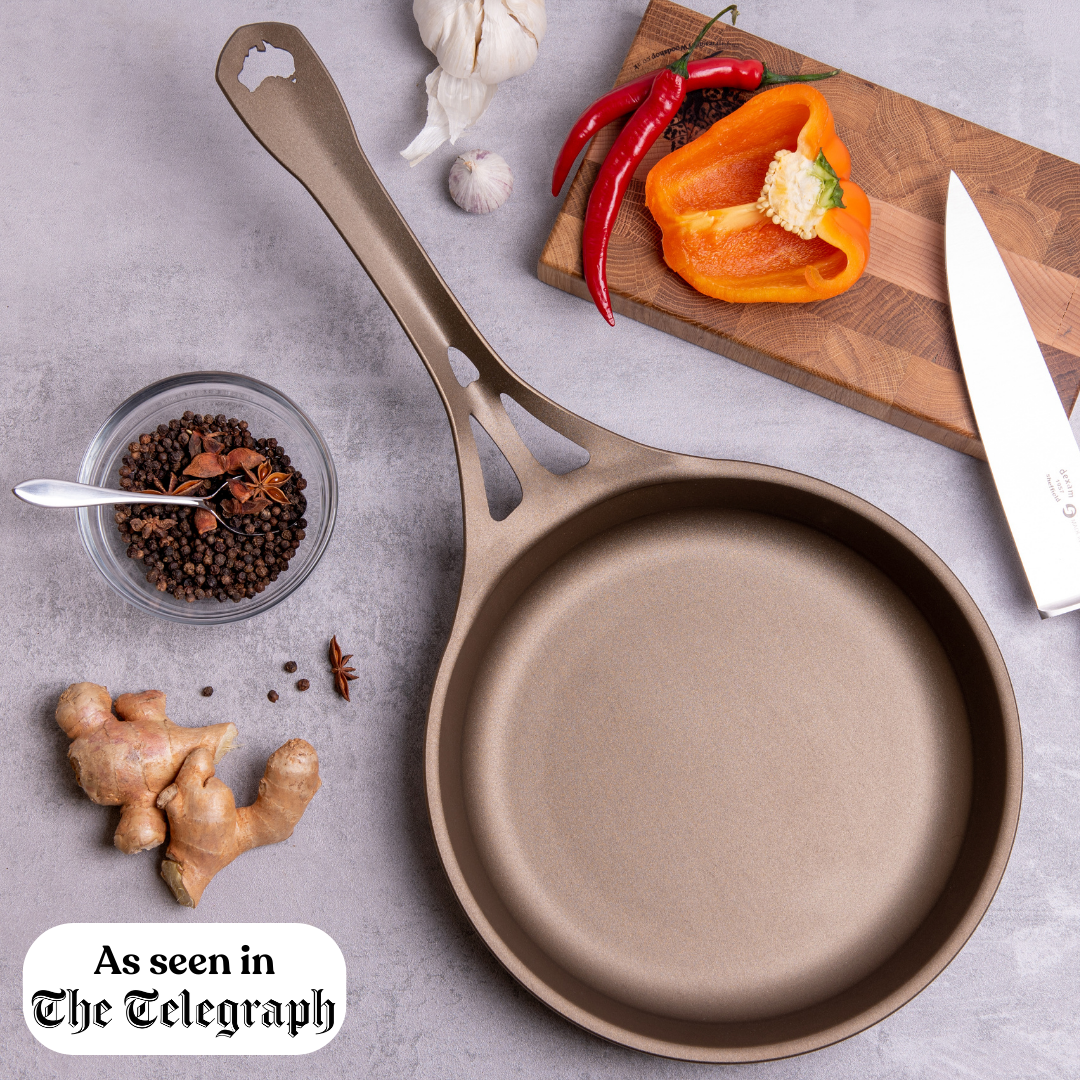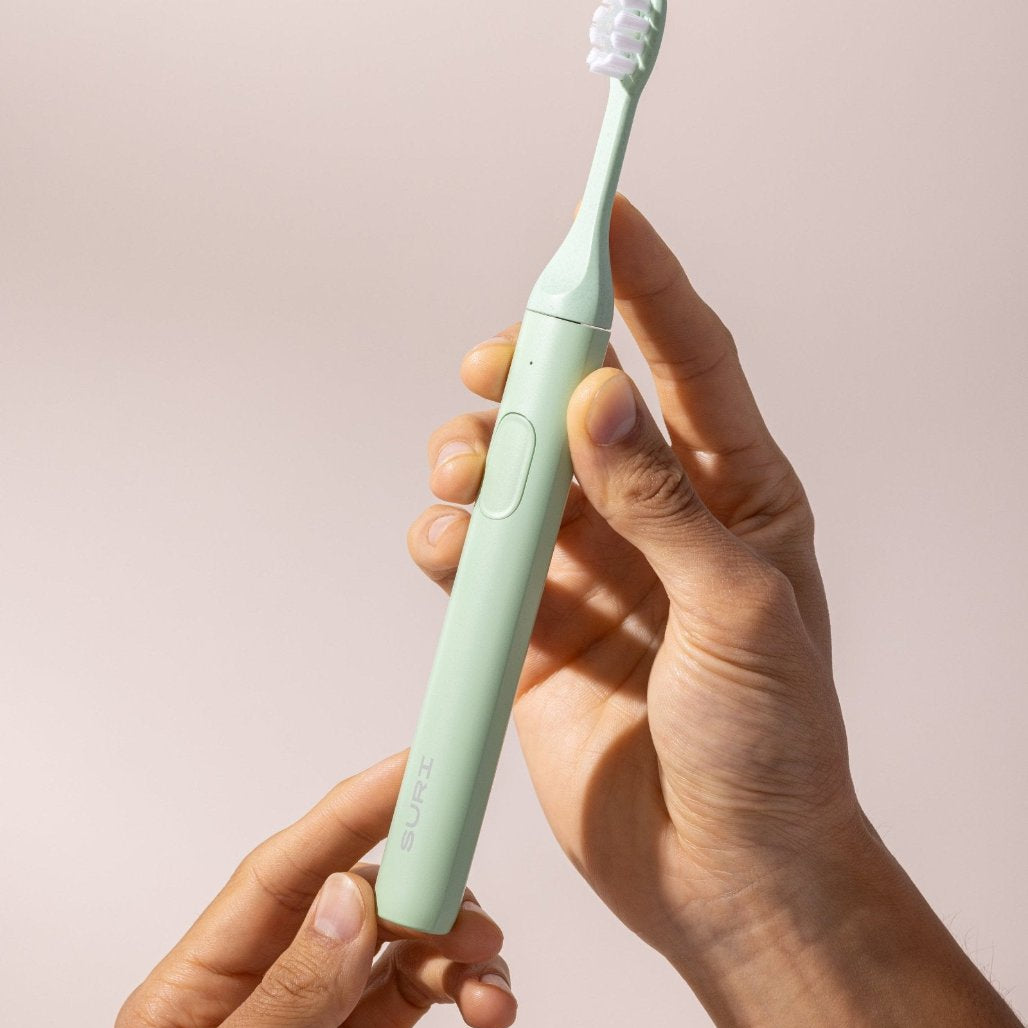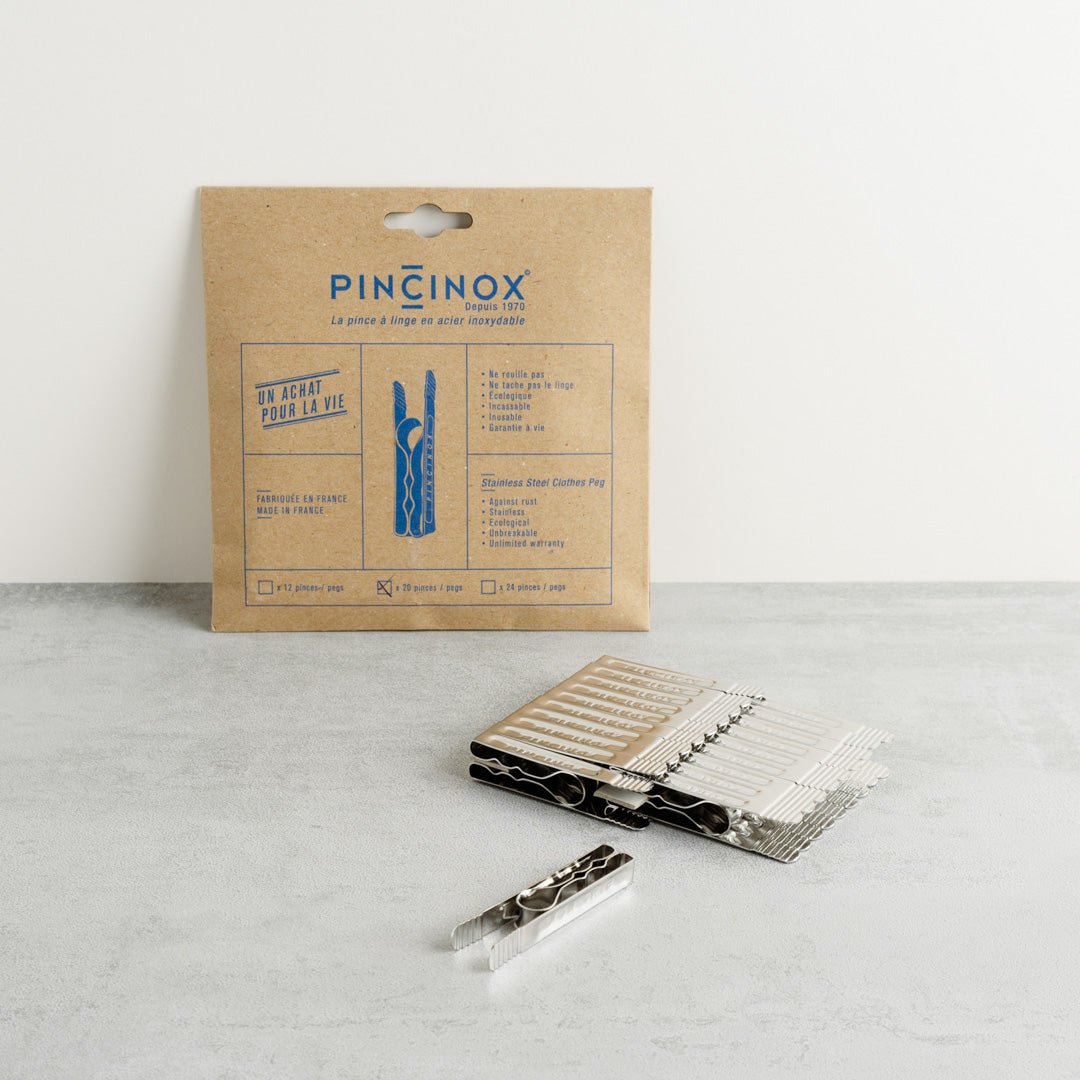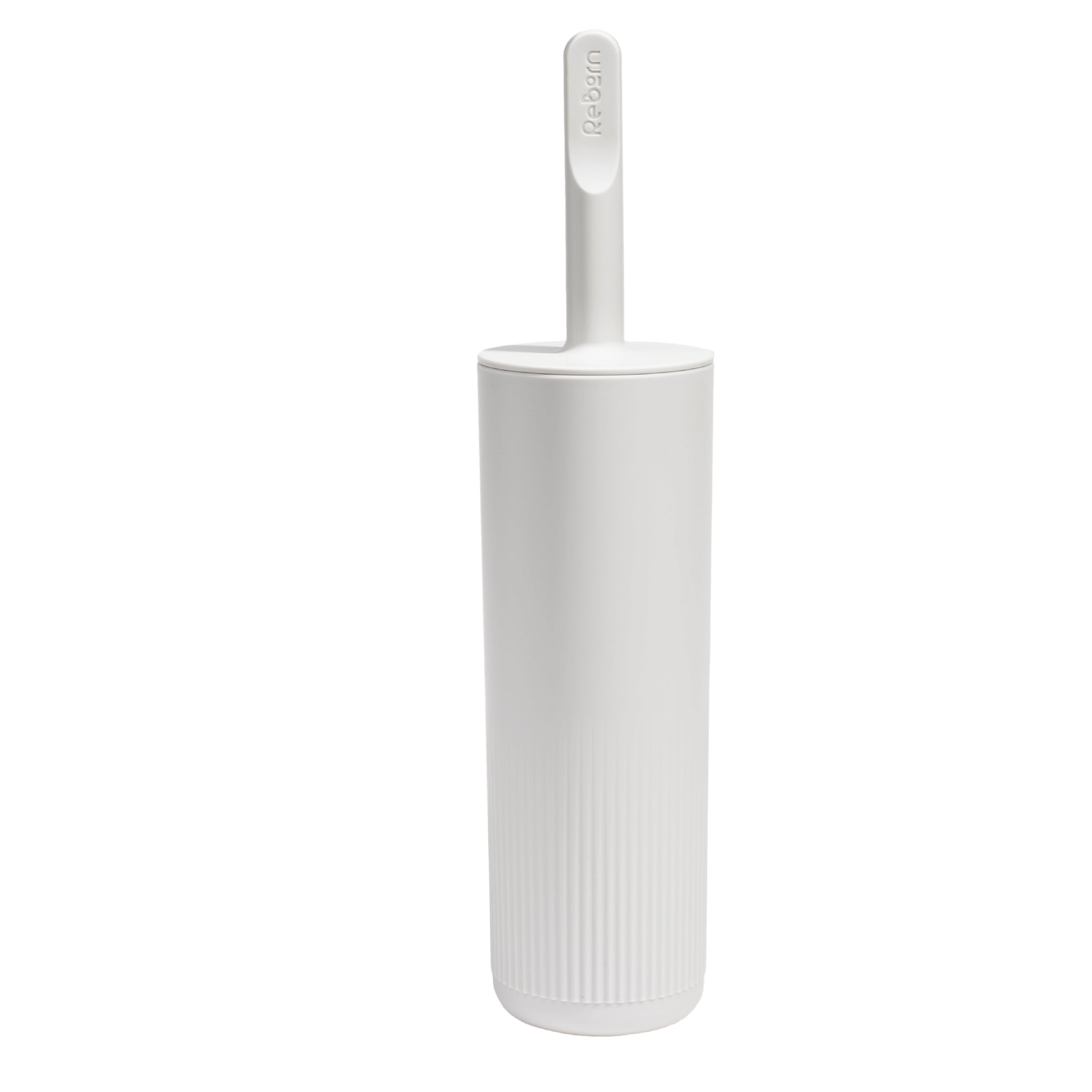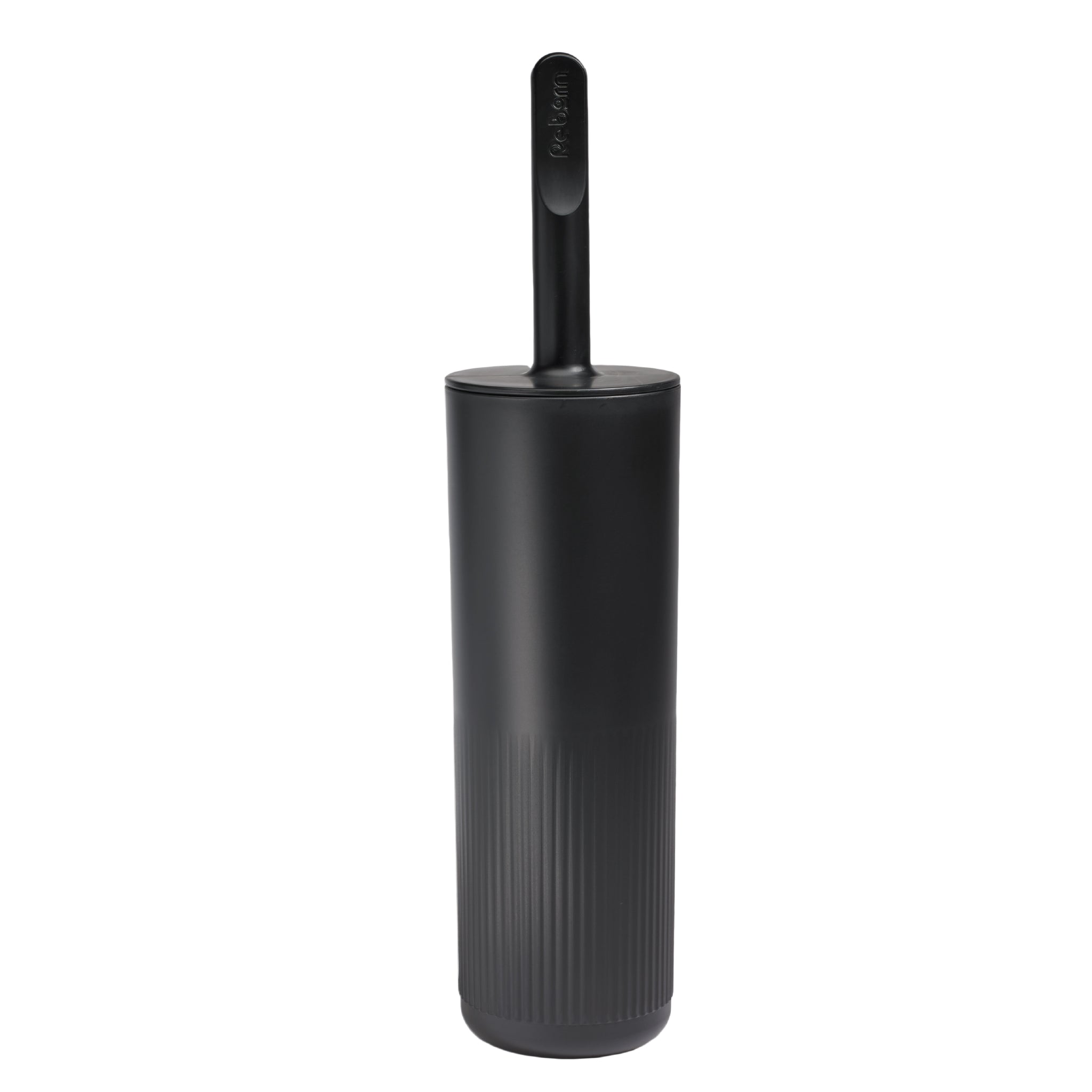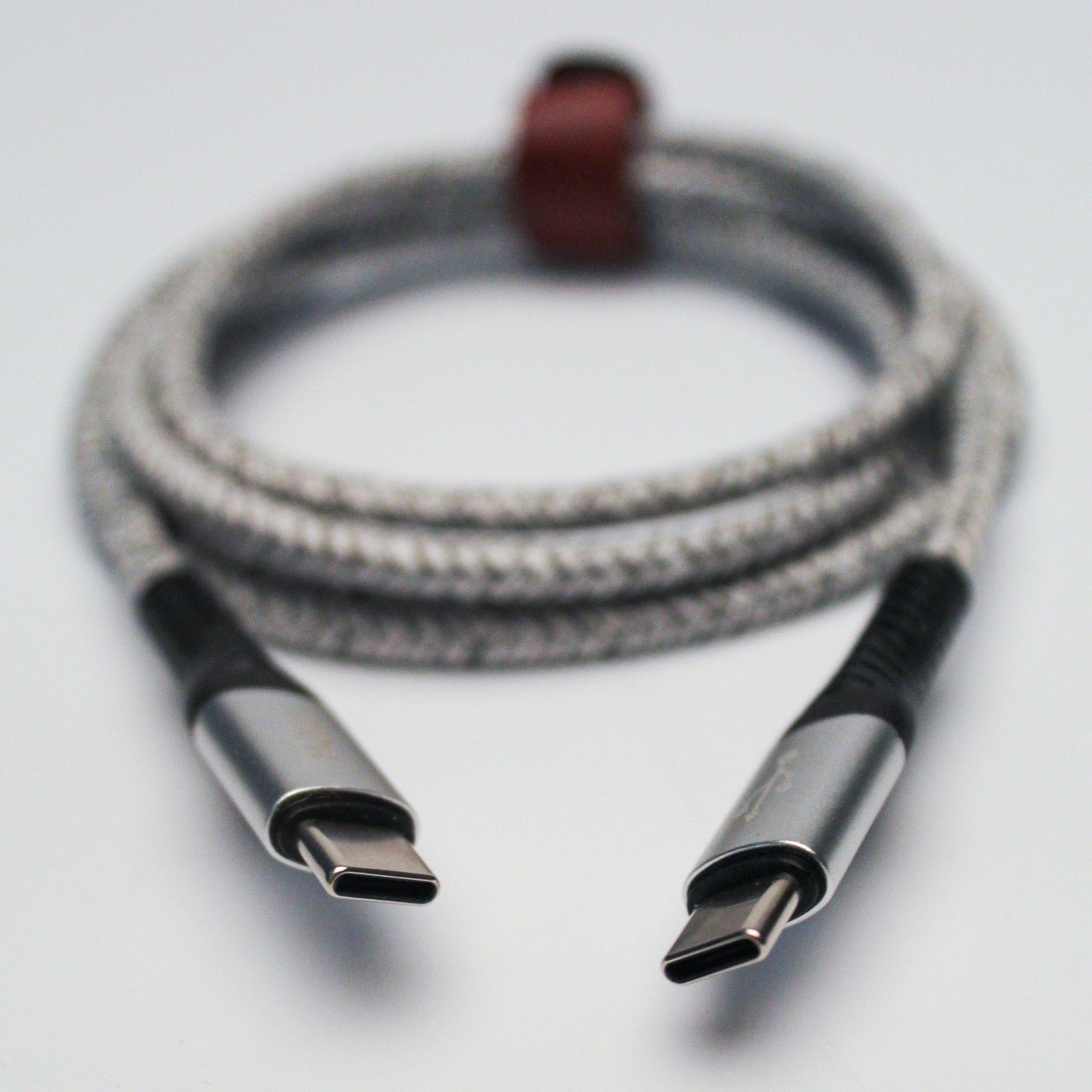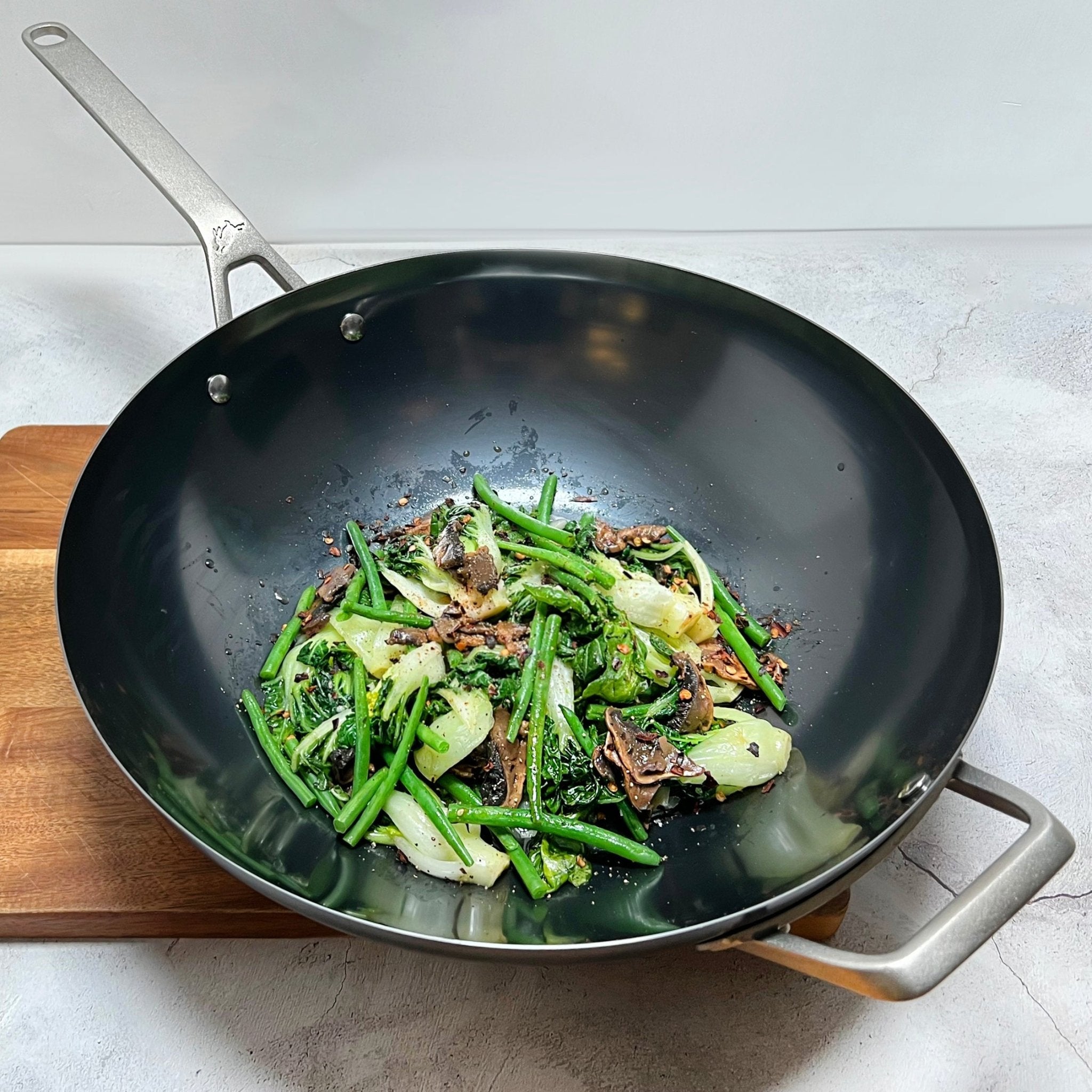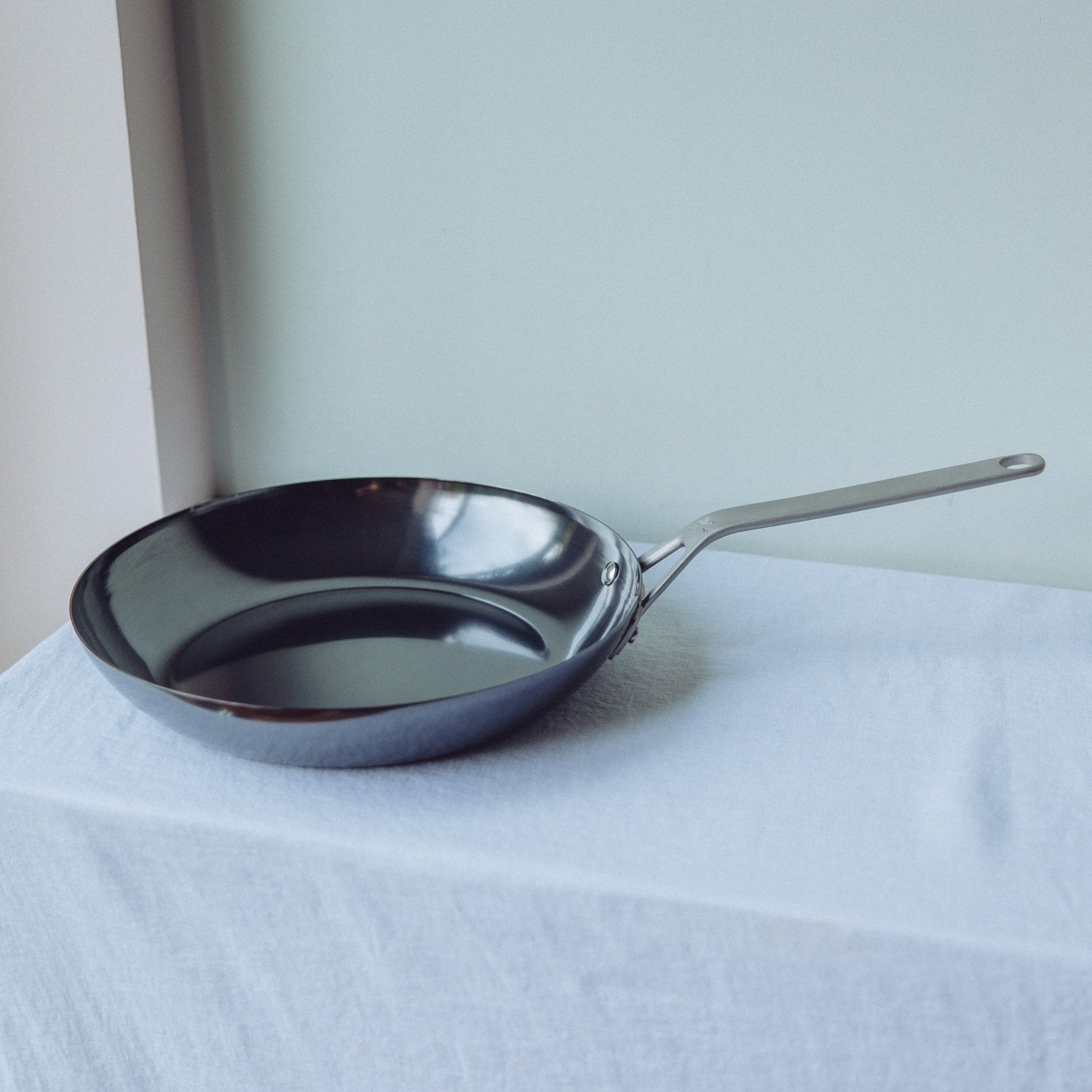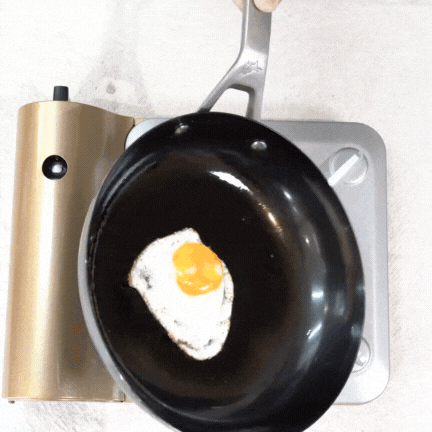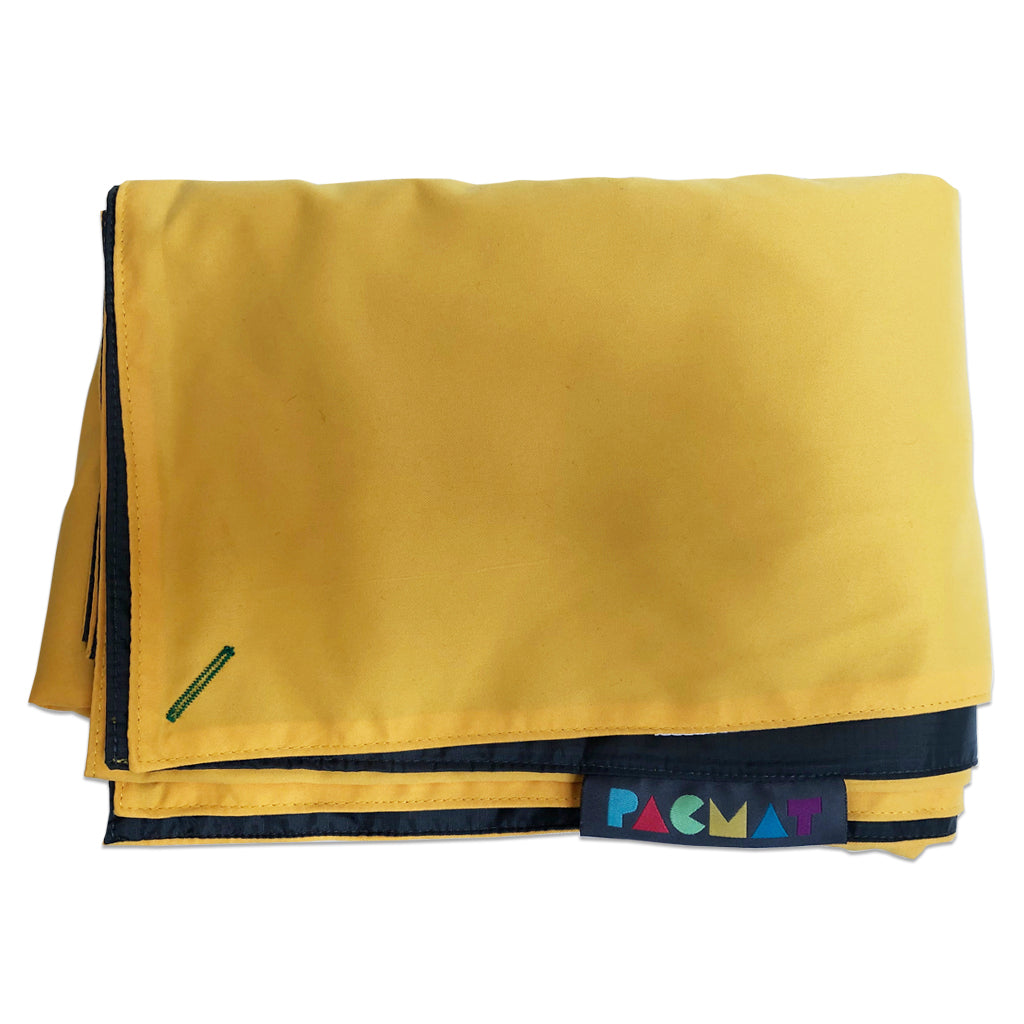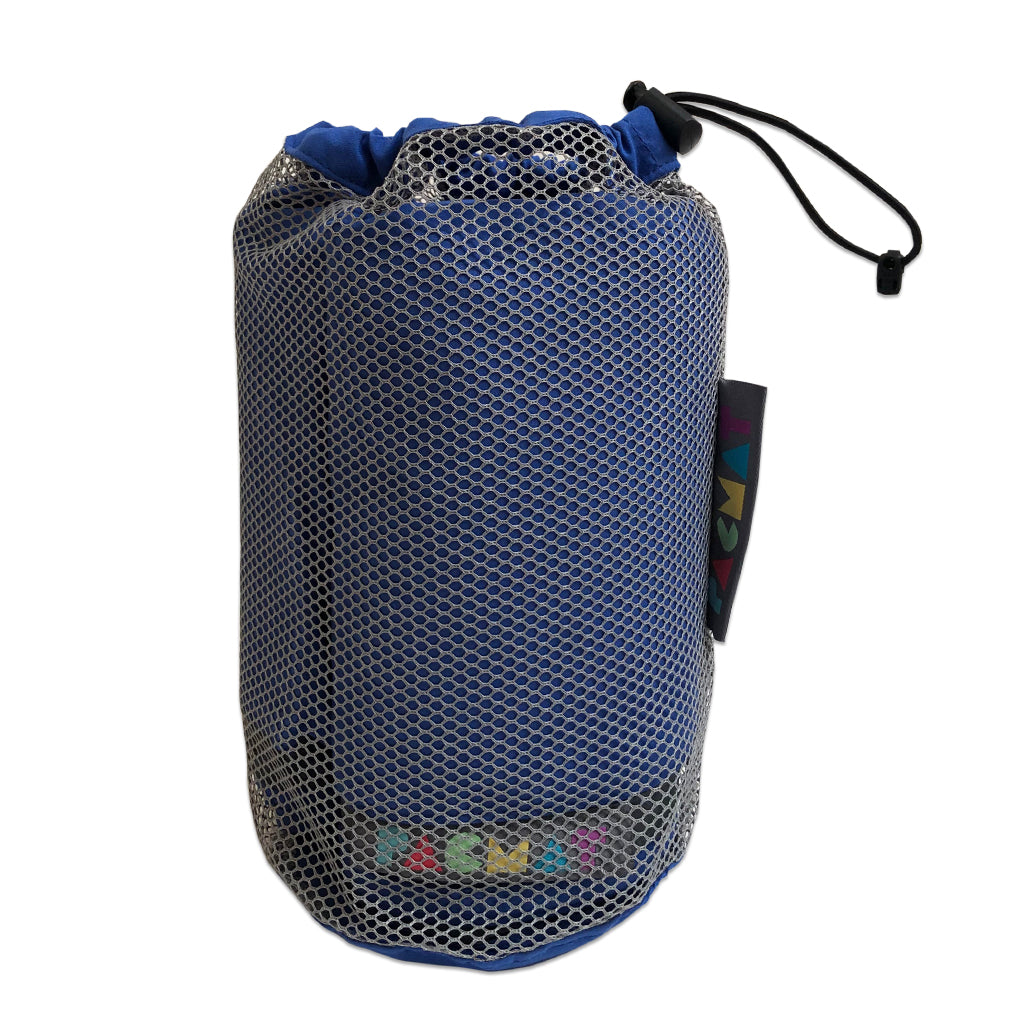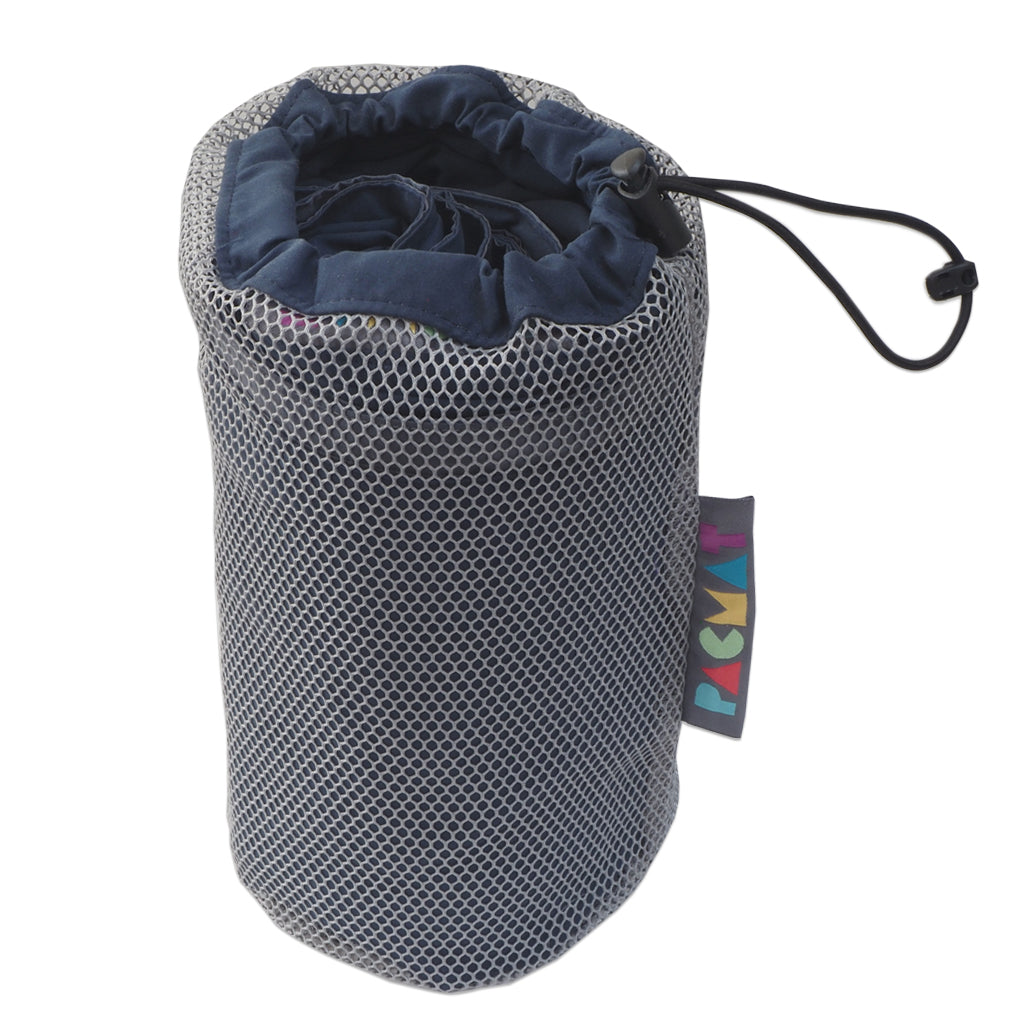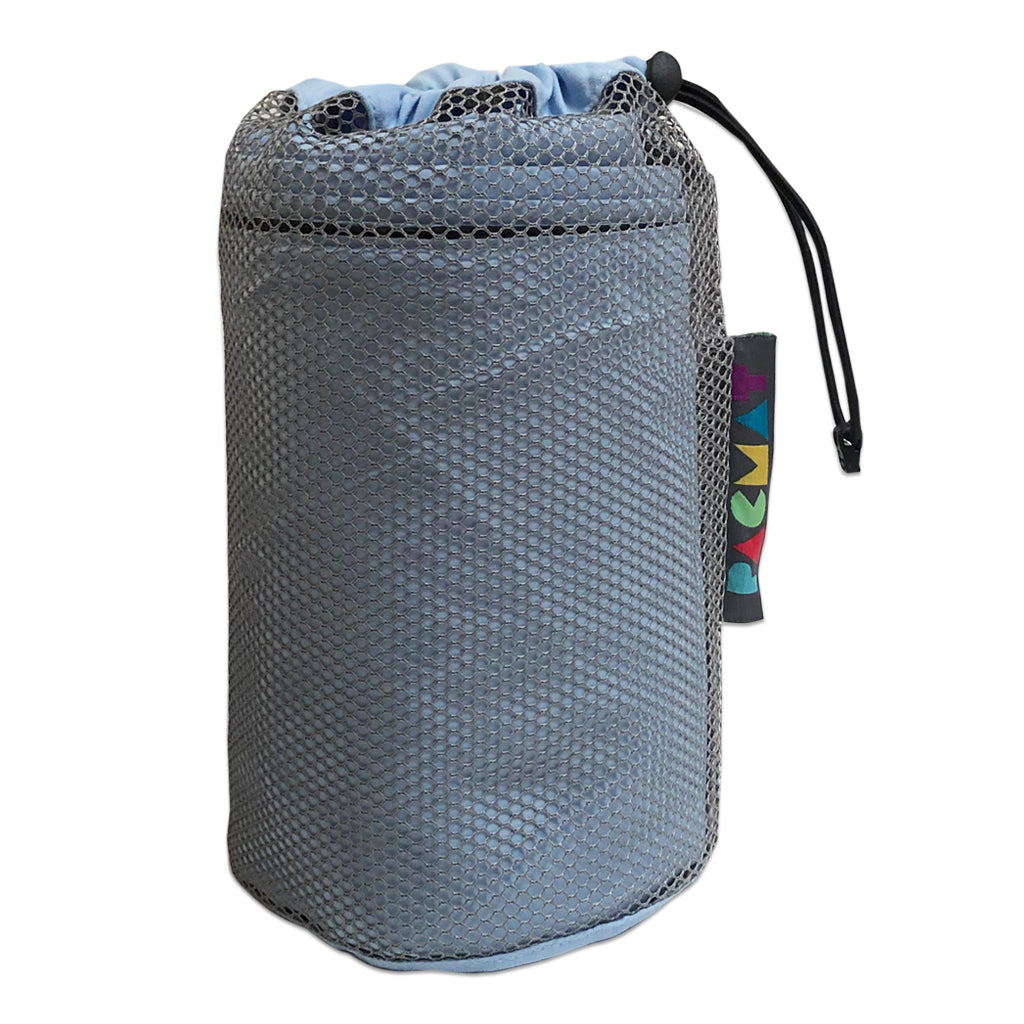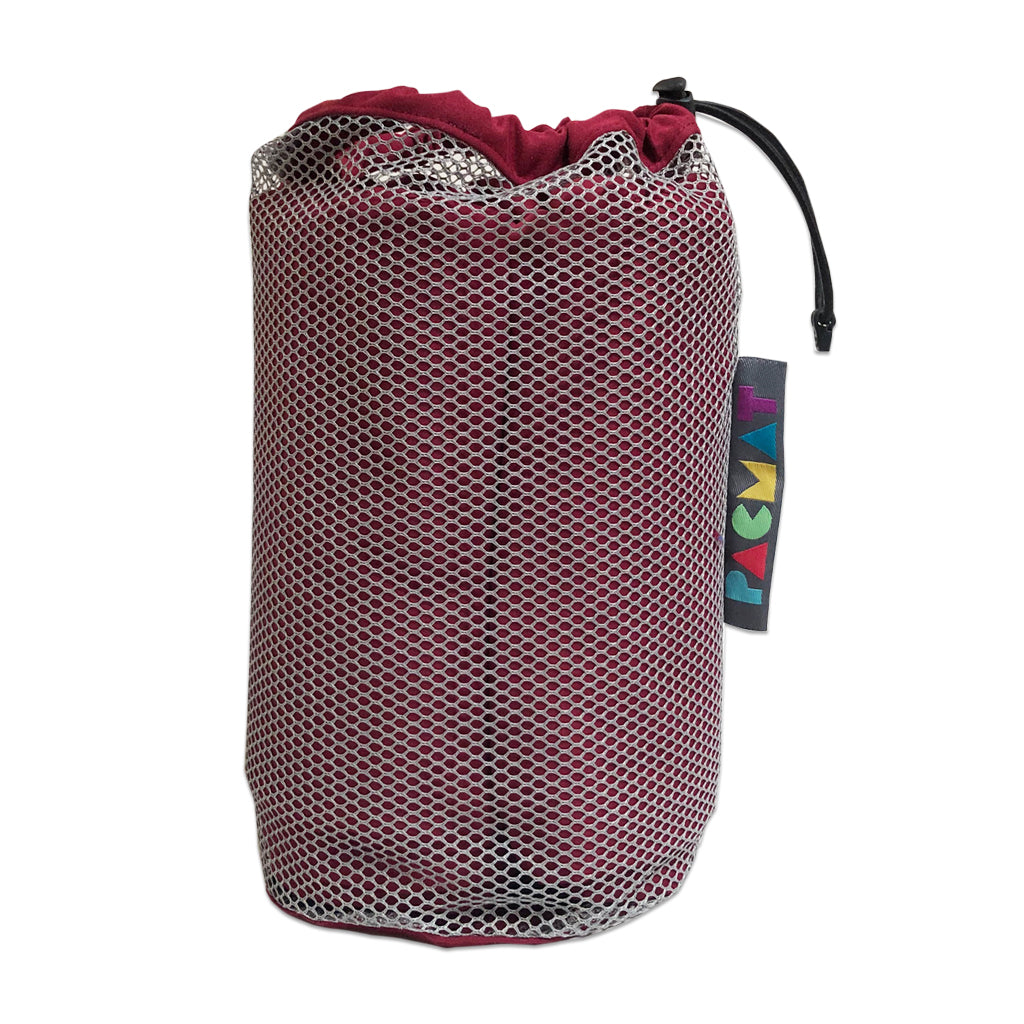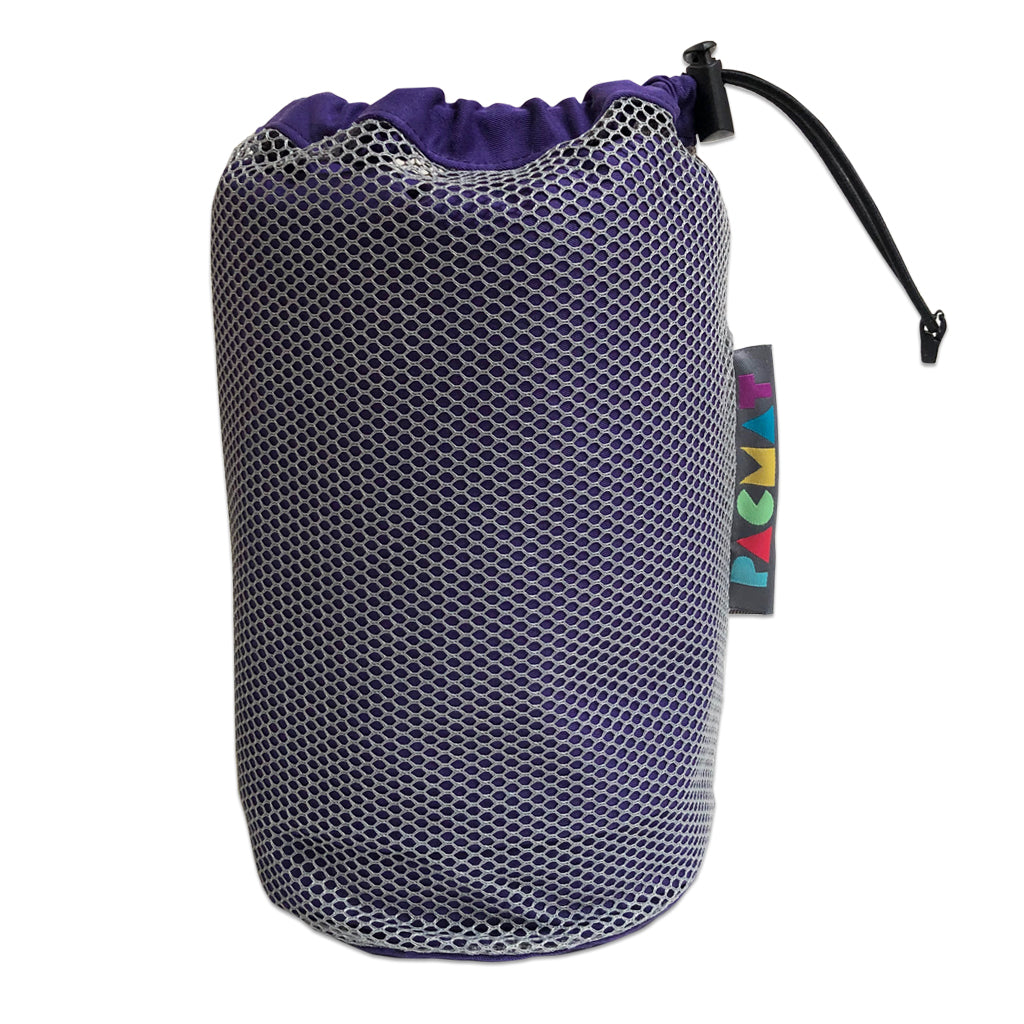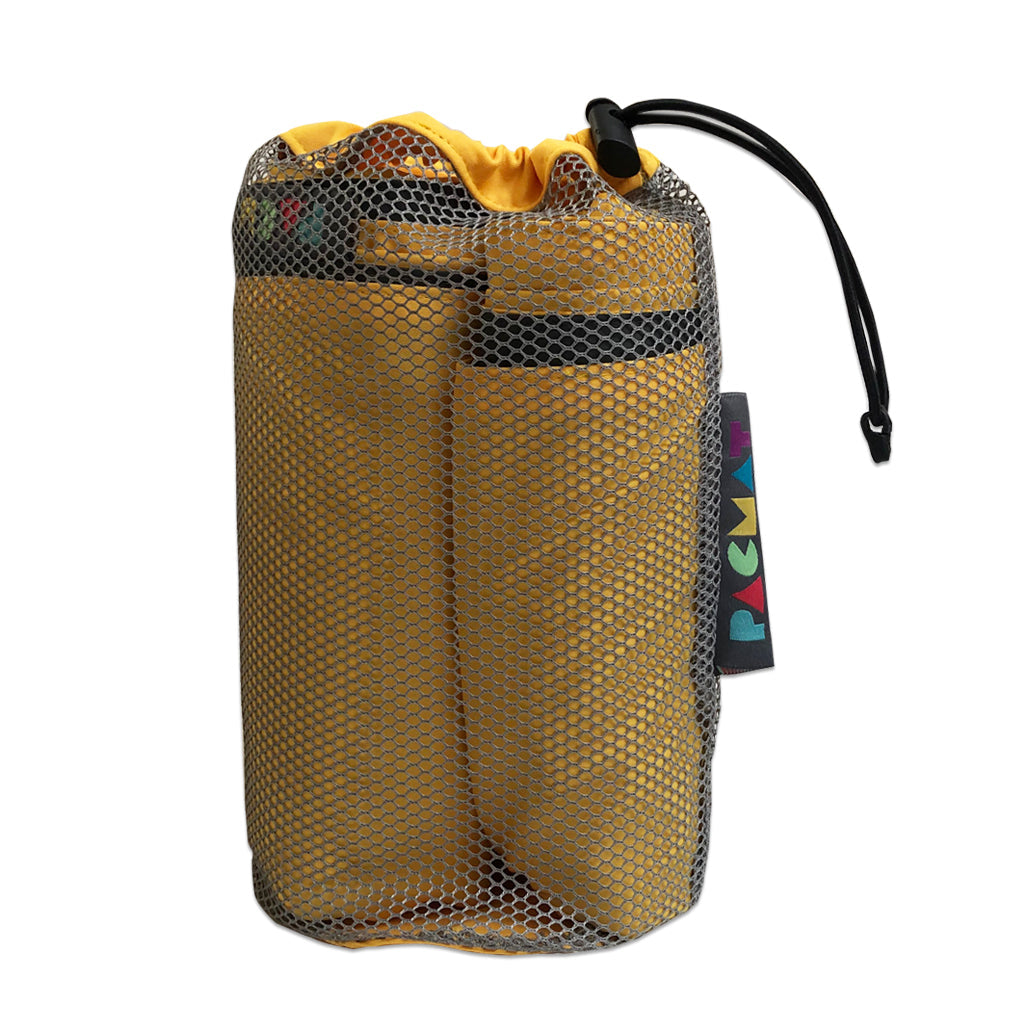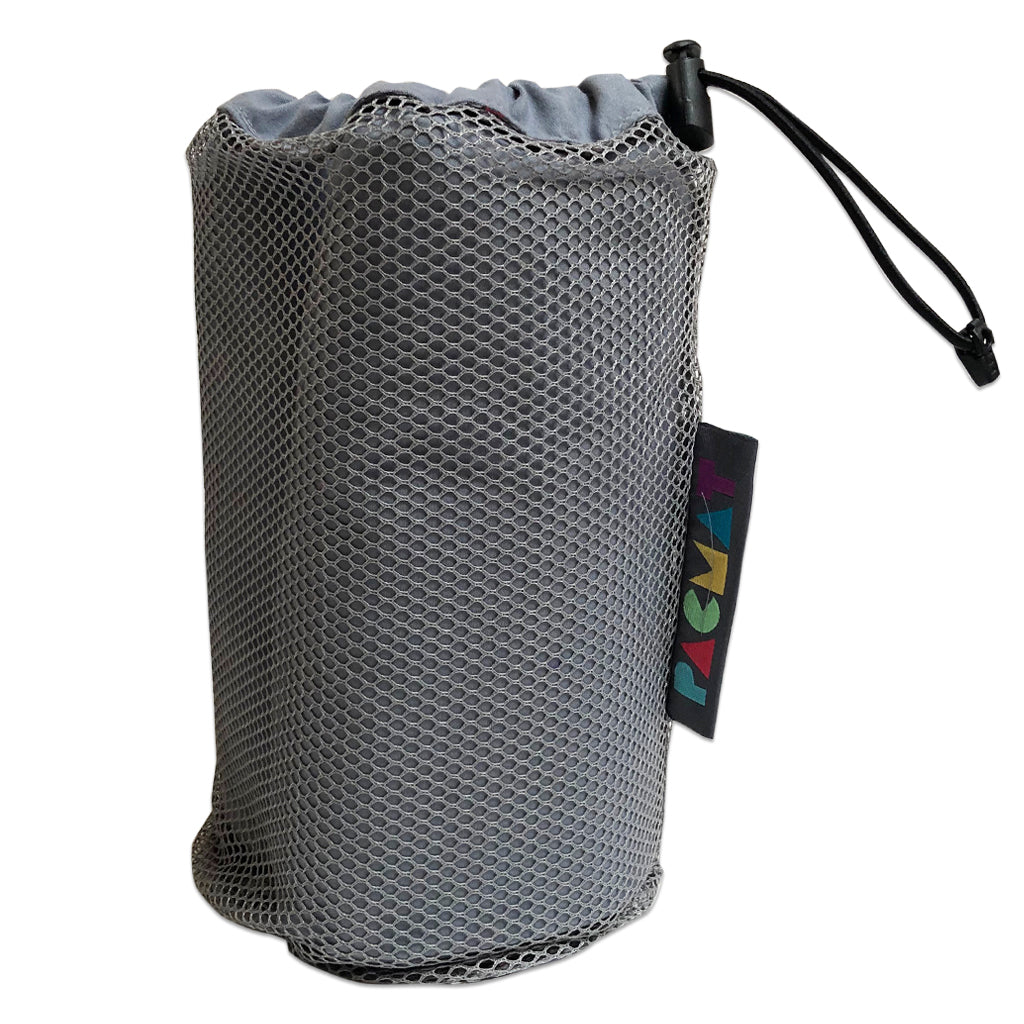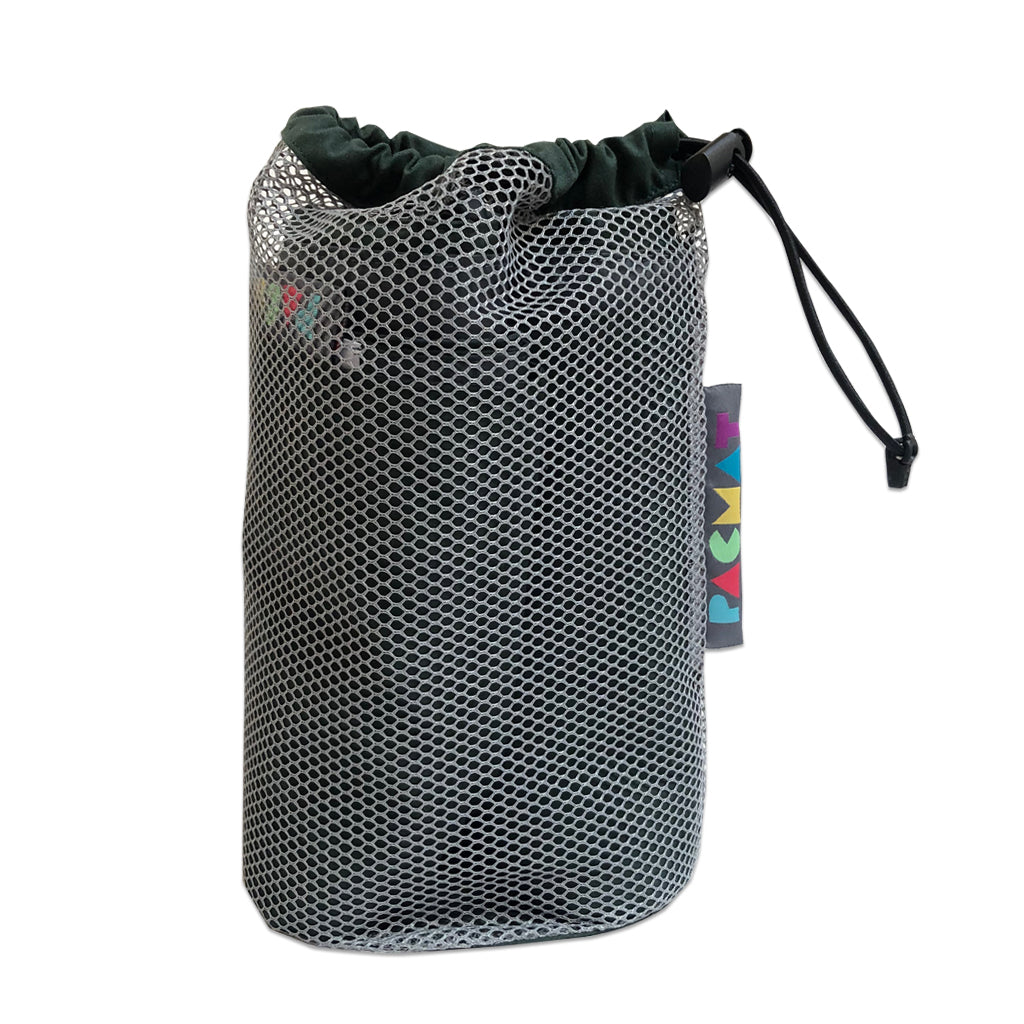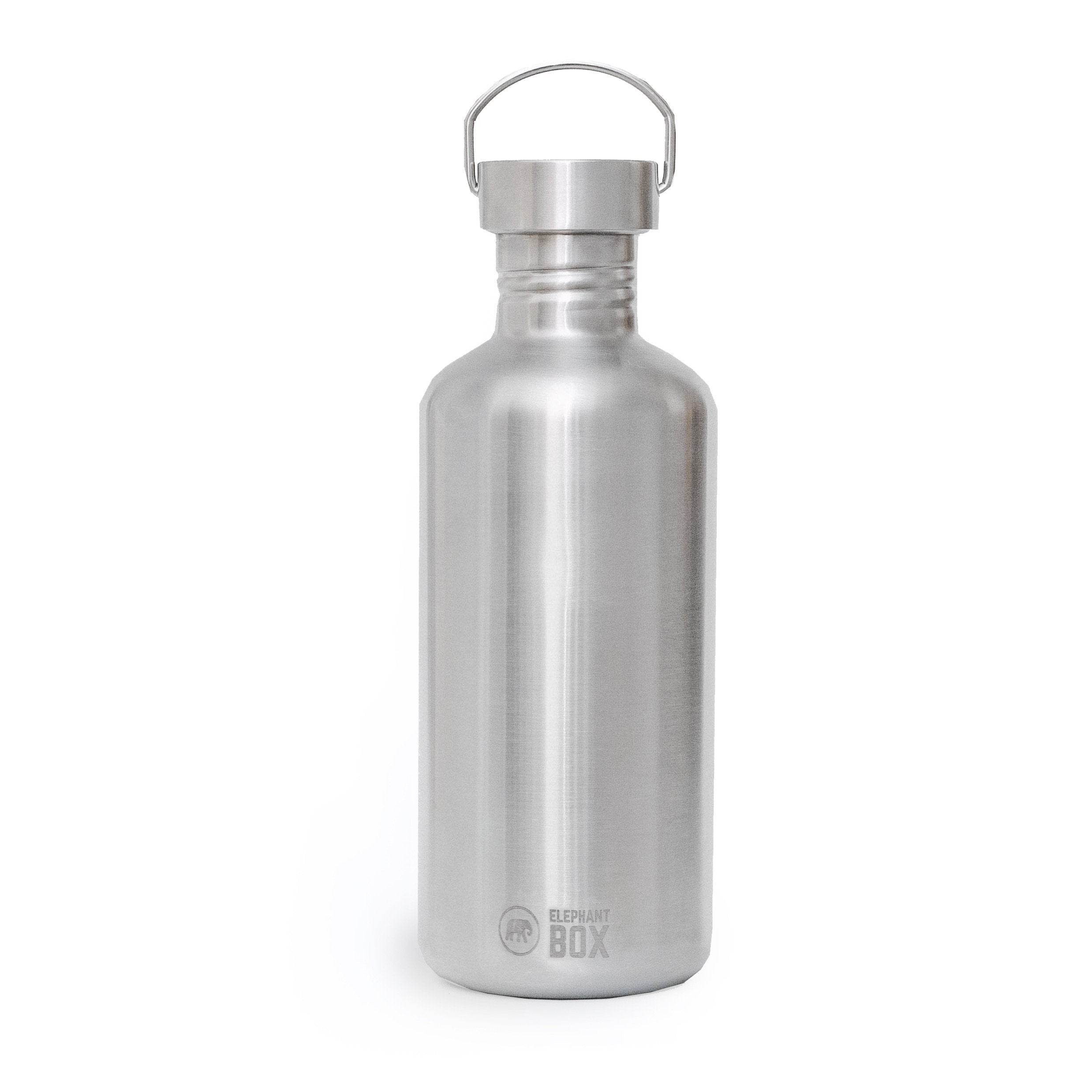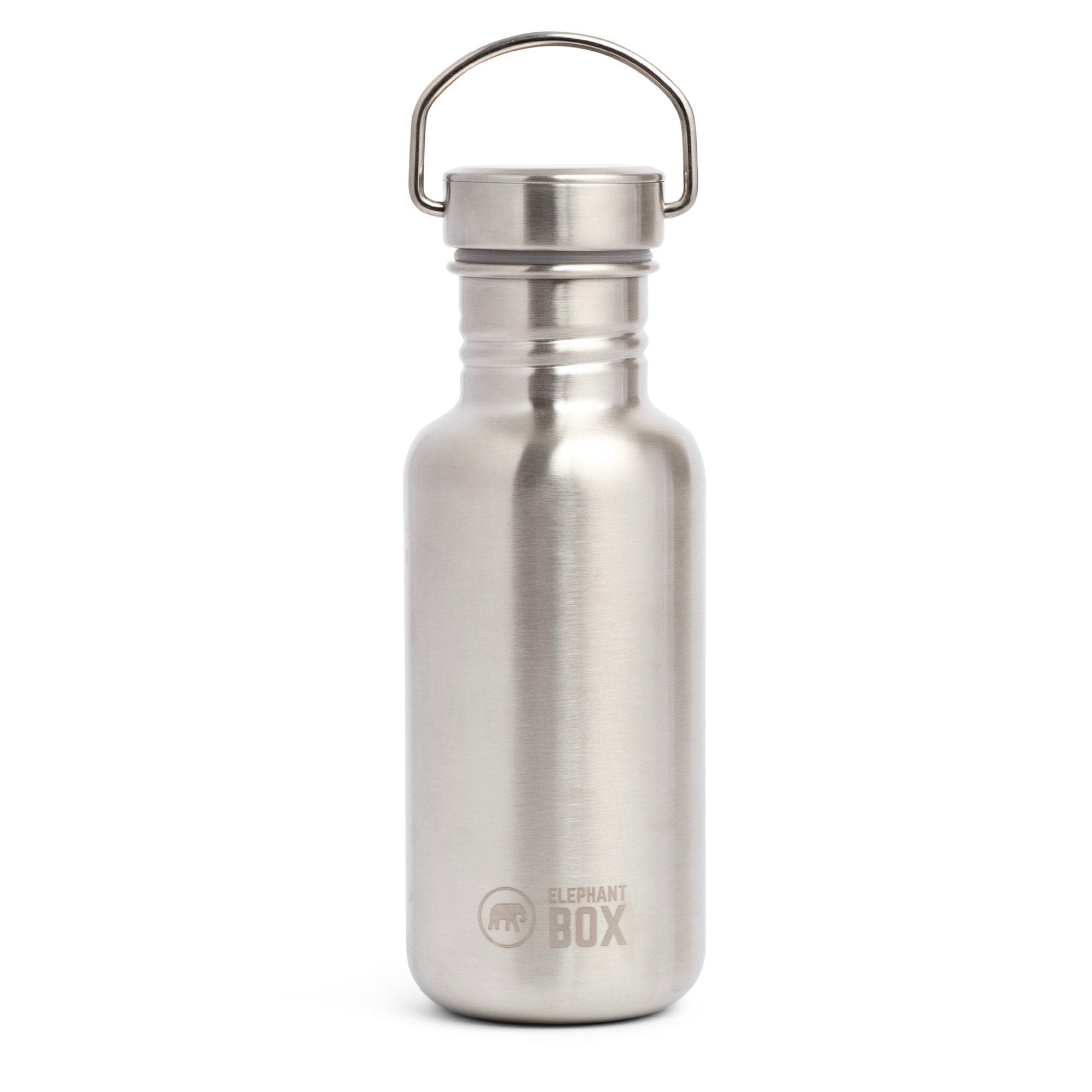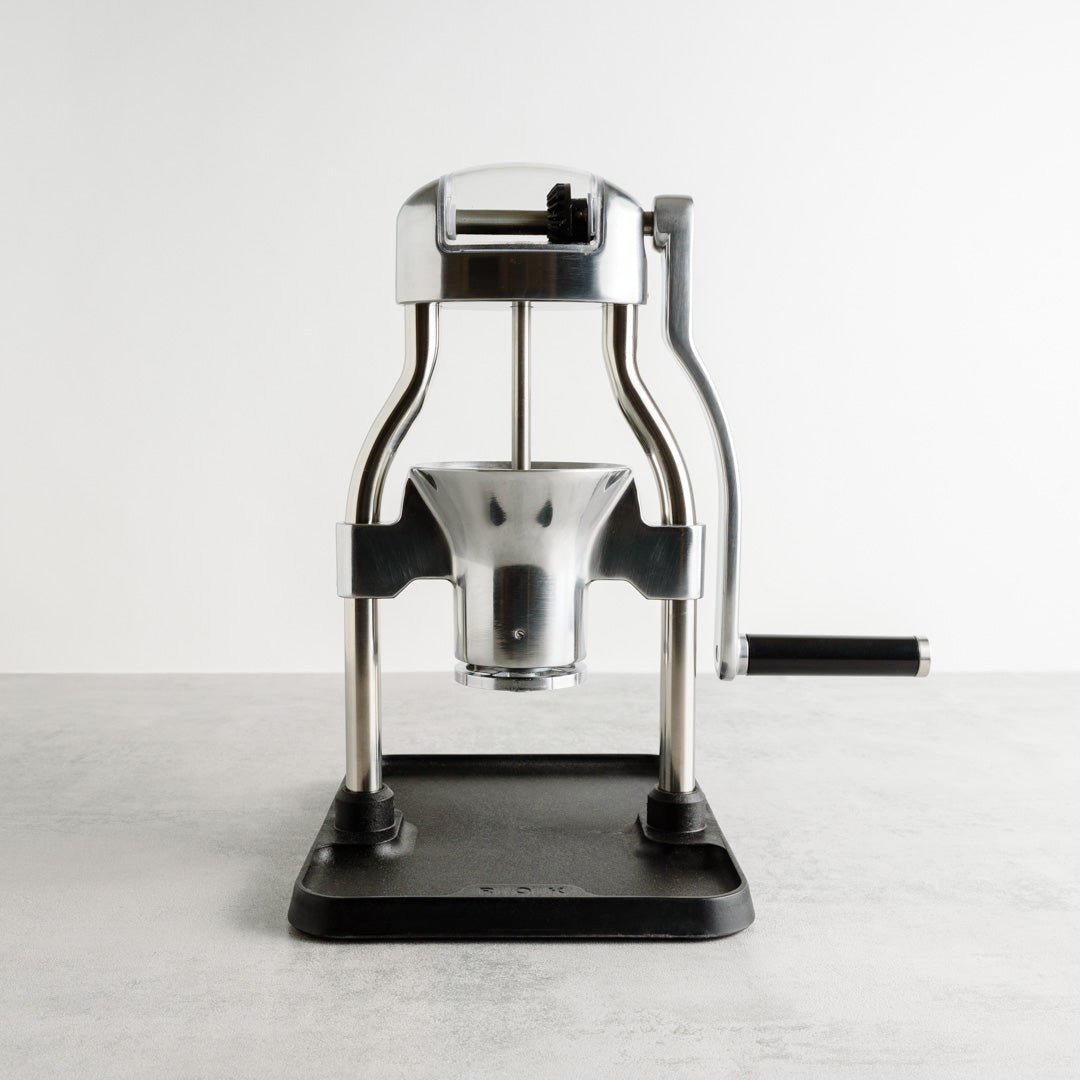Coffee grinders
Reliable burr coffee grinders for better home brews. Whether you’re pulling espresso or brewing a smooth French press, a good grinder makes all the difference. This collection brings together well-built electric and manual options from trusted names like Wilfa, Fellow, Hario and Comandante. Consistent, precise and made to last – these are grinders you’ll enjoy using every day.
Coffee Grinder FAQs
What should I look for in a high-quality burr coffee grinder?
For a high-quality burr coffee grinder, seek consistent grind size, tough burrs (steel or ceramic), and a solid, well-made body. Conical burrs are quieter and simpler to clean, while flat burrs give ultra-precise results. A broad grind range is handy if you dabble in different brew methods. Prioritise adjustable settings, metal gearing, and brands offering repairs or long warranties. Some even promise support for decades, like Comandante's replaceable parts and servicing.
How do you adjust grind size for different brew methods?
To adjust grind size for different brew methods, use your grinder’s dial or numbered settings. Espresso and moka pots need fine grinds, whereas drip coffee prefers medium, and French press or cold brew calls for coarse. Manual grinders may need a test or two to get it spot on. Always start with your chosen brewing method, as grind size decides the flavour and brew time. A little tweak can make all the difference.
Can you use a coffee grinder for spices or other ingredients?
You can, but using a coffee grinder for spices or other ingredients can damage it - unless the maker says it’s okay. Burr grinders especially are fussy, built for coffee beans only. Spices can gum things up or give tomorrow’s cup a hint of yesterday’s cumin. Best bet? A separate blade grinder for your spice rack - easier to clean and no lingering flavours spoiling your brew.
Which coffee grinders are truly buy-it-for-life?
The coffee grinders that are truly buy-it-for-life are made with tough burrs, metal parts, and designs you can repair. Look for models offering 10+ year warranties or spare parts, like the Lido 3 or Comandante C40. Manual grinders often outlast electrics thanks to fewer parts. A well-kept stainless steel or ceramic burr grinder in a sturdy frame could genuinely serve you for decades.
How do you clean and care for a manual or electric coffee grinder?
To care for a manual or electric coffee grinder, give it a clean every few weeks - especially if you’re using oily beans. Unplug electric ones first, then brush out the burrs and hopper with a dry cloth or soft tool. Avoid water unless the grinder’s built to handle it. Pop it open now and then for a deeper clean. A bit of upkeep keeps your coffee tasting fresh and your grinder going strong.
What's the difference between conical and flat burr grinders?
The difference between conical and flat burr grinders comes down to grind style and sound. Conical burrs are quieter, cooler, and simpler to clean - great for everyday brewers. Flat burrs give ultra-even grinds, favoured for espresso precision, but tend to be louder and heat up more. Both can last years with good care, especially those made with hardy steel or ceramic burrs.
Is a manual or electric grinder better for home brewing?
Choosing between a manual or electric grinder for home brewing depends on your setup. Manual grinders are compact, quiet, and often longer-lasting - ideal for small spaces or travel. They do take a bit of effort, though. Electric grinders are fast and consistent, perfect if you're brewing for a crowd or want café-style espresso. For home use, many opt for a trusty electric and a manual backup for weekends away.

